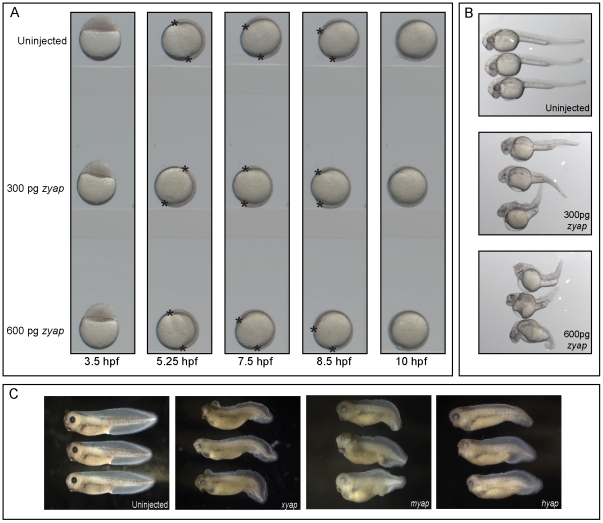Figure 3. zYAP and xYAP gain-of-function results in similar body axis defects.
(A) Time-lapse videomicroscopy shows that zYAP gain-of-function does not alter the timing of gastrulation movements, as evidenced by the progression of epiboly (asterisks mark the fronts of tissue movement around the yolk). (B) zYAP gain-of-function in Danio rerio embryos resulted in head and eye deformities and shortened, malformed body axes. Examples of two different mRNA doses are shown. (C) Injection of Xenopus (x), mouse (m), or human (h) yap mRNAs into Xenopus embryos all showed phenotypes similar to those in zebrafish.

